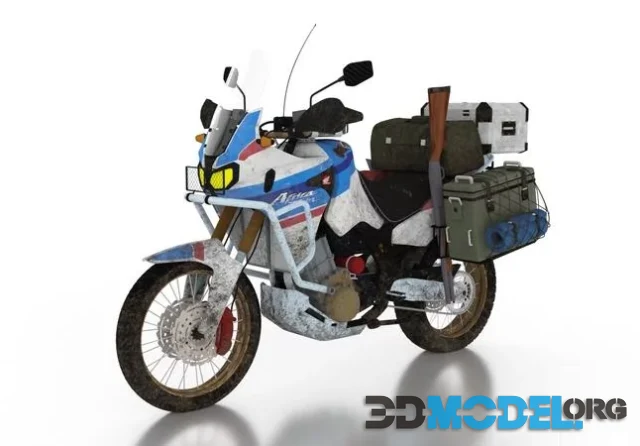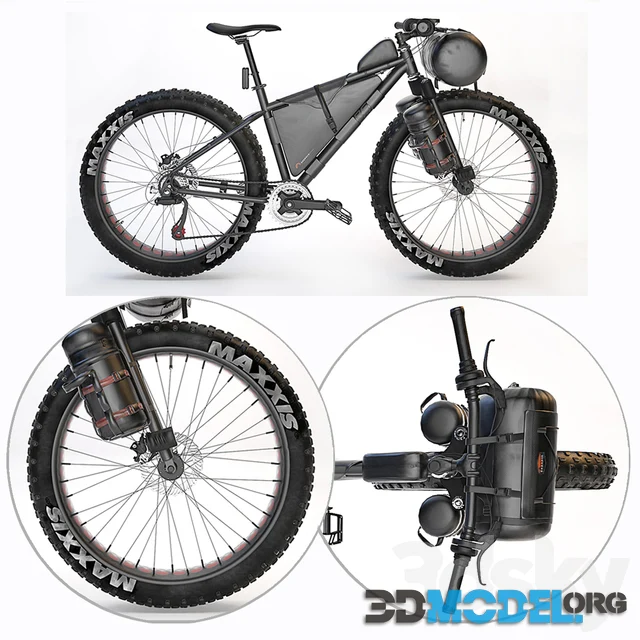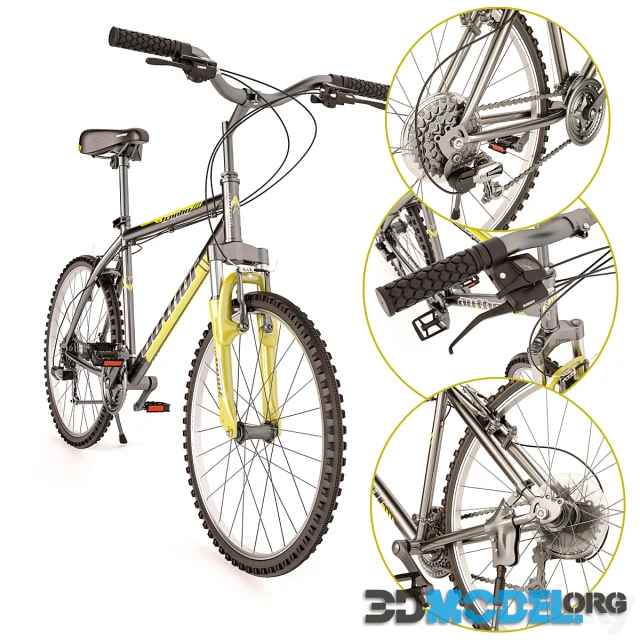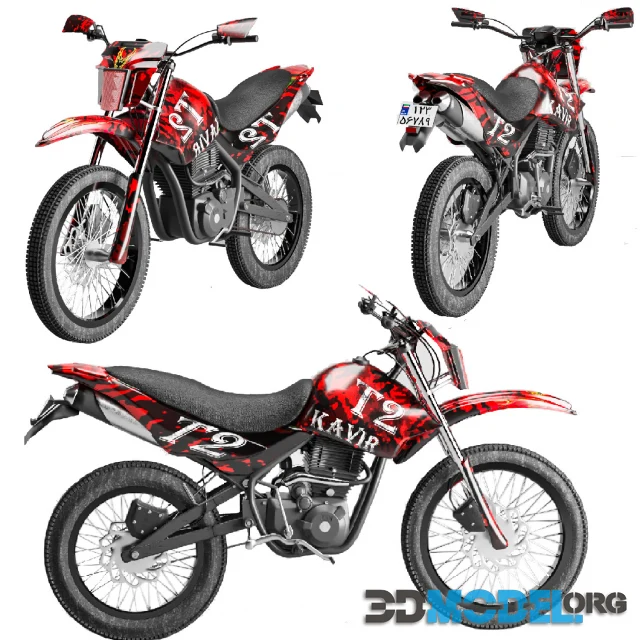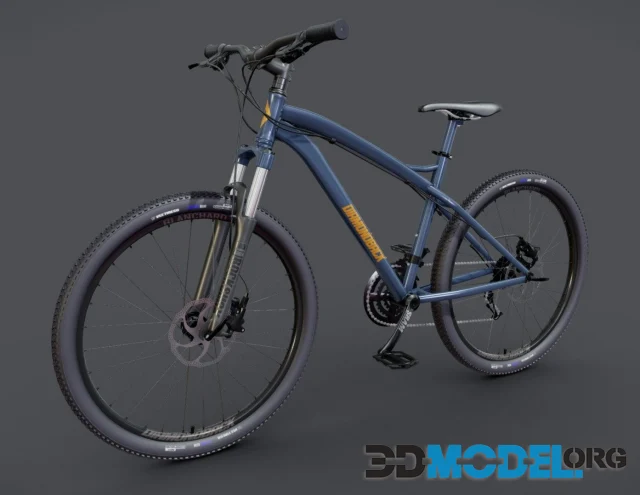Cannondale Track Bicycle
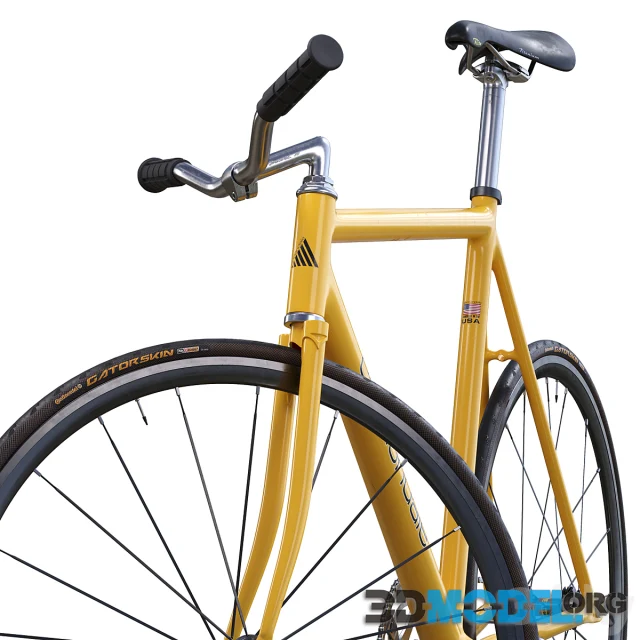

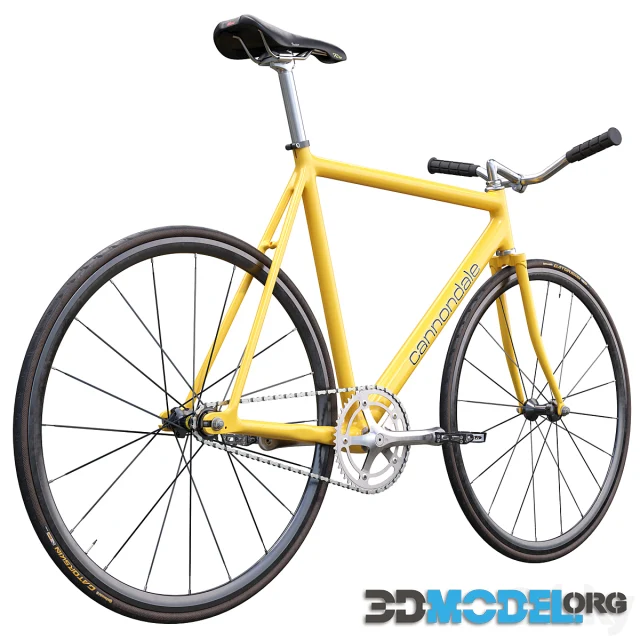
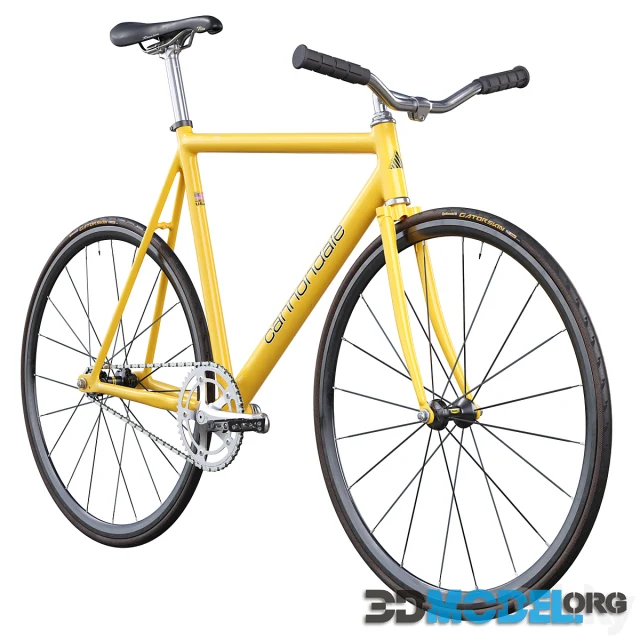
Crafted and manufactured in Wilton, Connecticut, the Cannondale bicycle is a high-end model whose frames and componentry are constructed of aluminum or carbon fiber. It's one of the few bicycle frame companies still hand-building bikes by hand in America.
Sponsoring Division 1 road racing teams began in the late 1990s, with Saeco team's four consecutive stage wins during the 1999 Tour de France. In 2007, Liquigas-Cannondale signed a contract to sponsor them and counted fourth and fifth Giro d'Italia victories by Danilo Di Luca (2007) and Ivan Basso (2010) among their successes.
Cannondale had a pioneering role in mountain biking with their SM-500 All-Terrain Bicycle from 1984, widely considered as the first Cannondale-built mountain bike and featuring an aluminum TIG-welded frame. Marketed as an all-terrain machine that could handle steep, muddy terrain, it featured 26" front and 24" rear wheels for increased traction when ascending steep inclines.
Cannondale made a groundbreaking innovation when they introduced externally mounted bottom bracket bearings in the mid-1990s on their SubOne fork and later adopted into their Headshok suspension fork. This design has since become standard practice among bicycle manufacturers for cranksets used on bikes of medium performance levels.
Cannondale has been using hollowgram bottom bracket and crankset technology in their high-end bikes since 2001, providing increased stiffness and lighter weight by using a proprietary alloy called Hollowgram for both components - the crankset shell and bottom bracket shell. This same technology can also be found on budget-minded bikes such as the Cannondale XC-R.
Detalied 3d-model with materials and textures.
File type: MAX, FBX, OBJ
Ctrl
Enter
Noticed a misTake
Highlight text and press Ctrl+EnterRelated news:
Comments (0)

